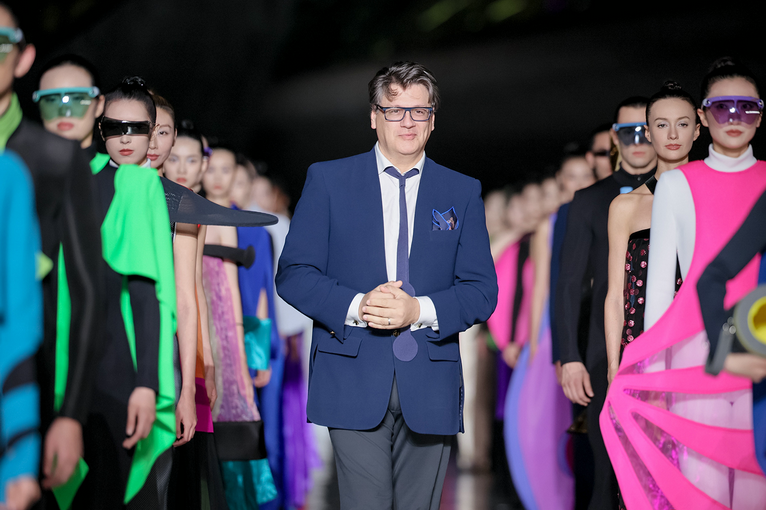It pays to go indie


"The maturity of Shanghai Fashion Week, especially the MODE and its showrooms, really inspired me. The city will soon become an important stop for international buyers because the standards of emerging designers are high as many of them have learned the craft overseas," she explains.
While buyers' shops have emerging designers to thank for their burgeoning sales figures, the stores themselves also have a part to play in a designer's success, notes Hu.
"Young designers have limited channels, funds and experience when it comes to marketing their brand. As such, they need the support from buyers' shops. Most importantly, the buyers' shops provide a platform for consumers to meet with the designers and learn about their stories," Hu says.
The road ahead
While the future of buyers' shops in China appears to be full of promise, Hu says that the lack of regulations, the complex market, price control and rife plagiarism could prove to be stumbling blocks.
According to Hu, some buyers' shops tend to "break the rules" and lower the prices of products without consultation with the designers. There are even those that resort to promoting counterfeits to raise their profits.
"Although the competition between buyers' shops is heating up, there are only so many talented designers at the moment. The demand is overwhelming supply," explains Hu.
The standards that buyers adhere to also have to be unified if the market is to grow further, said Liang Jie, who has worked in the fashion industry for almost a decade.
"A buyers' shop must have a high threshold for quality and pride itself on championing creative designs. It cannot only care about profits," Hu says.




































